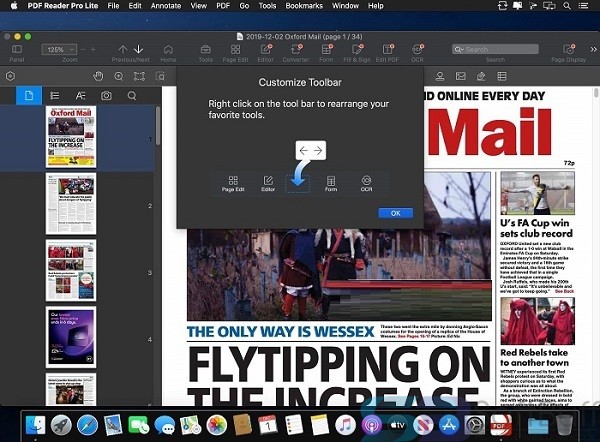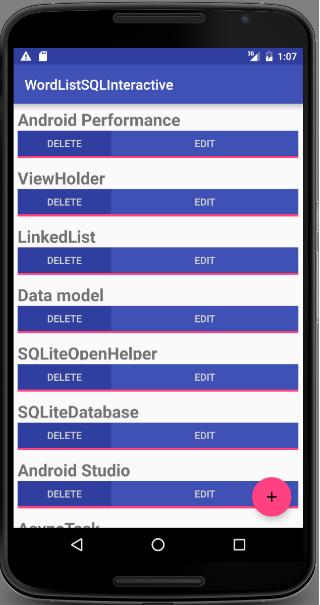

The latest version installed i.e., SQL Server 2019 is selected by default.Ĭontainment type has two options: None and Partial.
CREATE DB IN SQLPRO STUDIO FULL
Typically a database uses a Full recovery model.Ĭompatibility Level lists SQL Server 2008, 2012, 2014, 2016, 2017 & 2019. There are three options under Recovery models: Simple, Full & Bulk-logged. Recovery model is a database property that controls how transactions are logged. SQL Server supports storing objects having different collations in a single database. You can change the Collation, Recovery model under this tab, as shown below.Ĭollation specifies the bit patterns that represent each character in a dataset. To change database options, select the Options page. Make it as large as possible based on the maximum amount of data you expect. Learn more about Database Files and Filegroups There must be at-lease one log file for each database.

Log files contain the information required to recover all transactions in a database. Every SQL Server database has at-least a minimum of two operating system files: Data file and Log file.ĭata Files contain data and objects like tables, views, stored procedures, indexes etc. Under the Database files grid, you can change the default values for the database and the log files. The Owner of the database can be left at default or to change the owner, click on button. In New Database window, enter a name for the new database, as shown below.

Right-click on Databases folder and click on New Database. Expand the database server instance where you want to create a database. Open SSMS and in Object Explorer, connect to the SQL Server instance. Learn more on Create Database SQL Script Syntax.Ĭreate Database using SQL Server Management Studio Now, open SSMS and refresh the databases folder and you will see 'HR' database is listed. Make sure that the data and log file path exist before executing the above SQL script. LOG ON (NAME = N'HR_log', FILENAME = N'C:\Program Files\Microsoft SQL Server\MSSQL15.SQLEXPRESS\MSSQL\DATA\HR_log.ldf', SIZE = 512MB, FILEGROWTH = 125MB) ON (NAME = N'HR', FILENAME = N'C:\Program Files\Microsoft SQL Server\MSSQL15.SQLEXPRESS\MSSQL\DATA\HR.mdf', SIZE = 1024MB, FILEGROWTH = 256MB)


 0 kommentar(er)
0 kommentar(er)
